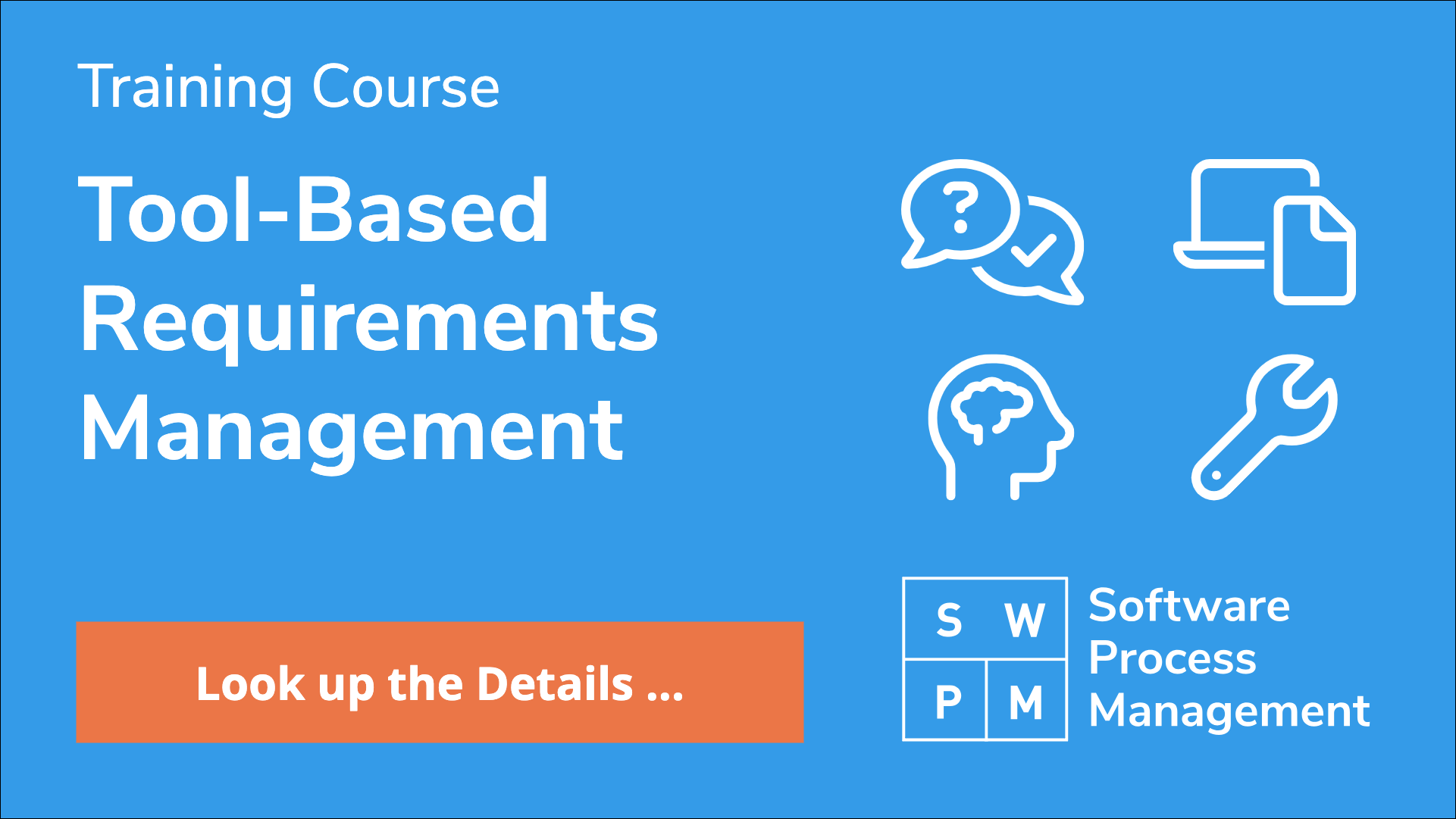In the recent May 2015 update of our list of requirements management (RM) tools, we added – among other tools – agonsense.requirements. This article briefly introduces the tool, which comes with some interesting new concepts. Over the next few weeks, we will publish similar articles for other tools that we have added to the RM tools list.
The company agosense is relatively young. It was established in 2009. Their initial product agosense.symphony is a process integration platform for software engineering tools across the application lifecycle. So, agosense have collected a lot of experience in connecting requirements management tools with other application lifecycle tools.
Based on their multi-year integration experience with many existing requirements management tools, they decided to create their own RM solution. In November 2014, they announced the first release of agosense.requirements. I had a chance to get some impressions about the tool in January 2015 where I participated at the company event agosense.CONNECT 2015.
agosense.requirements is a web based requirements management solution which is available on premise. It offers typical requirements management capabilities like requirement types, tracing of items, reporting, and rich text support for requirements to name a few. agosense summarizes the key features under the terms of: usability, processes and infrastructure advantages.
So, what are specific characteristics of agosense.requirements that make it special compared to other RM tools? I will highlight some tool capabilities under the topics of:
- Change and Version Management
- Tool Integrations
- Cost of Ownership
- Performance and Scalability
Change Management: By servicing many companies in their requirements integration approaches agosense came to the conclusion that an RM tool shall support strong change management capabilities. That’s why they focus on change management from the very beginning. Every requirement must be associated to a previously defined change request or task. Requirements are tracked in so-called sheets. Within those sheets requirements can be associated to change sets. Change sets can be versioned, and even branched. Changes between versions are tracked at the detail level and made available to users via various display options.
Tool Integrations: Tool integrations are a long-standing core competency of agosense. Using agosense.symphony a large collection of tools can be connected to agosense.requirements, too. Specifically for interchanging requirements between tools, agosense supports established interchange formats like OSLC or ReqIF.
Cost of Ownership: According to agosense, several features of agosense.requirements contribute to an overall small footprint. In particular, there is no separate purchase of a database required. The tool is delivered with an embedded NoSQL DB. agosense claims, that there were no extensive DB administration necessary using this technology. In addition, the user interface is purely based on web technology. It does not require client-based installations and can be used through all modern web browsers.
Performance and Scalability: Based on the chosen server technology and data model agosense claims to have the fastest RM solution on the market. The selected NoSQL technology allowed for scaling-up the RM solution with almost no administration effort by simply adding new nodes to the environment.
We find these capabilities impressive for such a young product. However, up to now, we could not yet evaluate how agosense delivers on these claims. We might well follow-up with running a detailed evaluation and trial usage sometime in the next months.
Look forward for more exciting news to come on MakingOfSoftware.com.
agosense.requirements Information Resources on the Web:
Product web page: http://www.agosense.com/agosenserequirements
Video about change management with agosense.requirements:
http://www.agosense.com/english/media-library/webinars/aenderungsbasiertes-rm-mit-jira

